Outpost
Skylab Architecture designed Outpost as a phased, hybrid structure merging recreation, retail and work environments to foster and reinforce a sense of community in a developing section of Hood River.
As part of the city’s new Waterfront Masterplan, Outpost will eventually become a 60,000-square-foot development—a neighborhood of buildings that will functionally connect the city with the Columbia River waterfront. The site, formerly home to an industrial wastewater treatment and processing facility, largely underutilized the waterfront but will become a new paradigm for future development in the region.
Phase One is composed of two buildings, that together, result in a 30,000-square-foot complex that reimagines traditional mixes of spaces and how they are organized. Functioning as one large structure, each of the 15,000-square-foot, three-story buildings are aligned within the exterior envelope to form what appears to be a simple bar-shaped building. The buildings, however, are separated like the hulls of a catamaran to create a central, shared open area for both buildings. The common area knits the two buildings together at each level and provides consolidated vertical circulation (elevators and stairs) and open spaces (exterior terraces) that function as gathering spaces and communal hubs. Largely open to the environment, this central area features an outside fireplace and an expansive partially covered pavilion.
Built with efficiency in mind, the building’s structural framing is exposed to celebrate the simple means of construction. Locally sourced and sustainably harvested, laminated wood beams are complemented with infill walls and pathways made with Douglas fir decking. Outside, the oversized windows of the complex are based on traditional industrial proportions illuminating the building’s interiors with daylight. The windows are an efficient, thermally-broken commercial system with simple black aluminum clad frames. Inside, the warm wood interiors are familiar, conjuring images of early industrial buildings, barns, and mountain lodges. Daylighting and transparency within the building are also accentuated at the ground floor through glazed, double-height spaces that let visitors catch a glimpse of activity from within the building, conveying a sense of openness. Blackened steel handrails reinforce the industrial aesthetic.
Outpost is the first step in reimagining Hood River’s reconnection to its waterfront. Originally devoid of public spaces, the water’s edge is now a recreational zone coexisting with new commercial and communal spaces. Elevated walkways, beginning with those at Outpost, will ultimately establish a network of buildings that are connected via boardwalk type structures. Outpost puts the mixed in mixed-use commercial by merging traditionally exclusive industrial uses with commercial, mixed-use maker spaces that can be shared and experienced. Outpost represents a new prototype, a wood structure redefining industrial commercial buildings beyond storage and manufacturing. A venue featuring warm and sustainable spaces that are designed to engage people and to elevate the process of making.
Design: Skylab Architecture
Design Team: Jeff Kovel, Brent Grubb, David Suttle, Nathan Cox, Kyle Norman, Marian Jones, Joshua Jewett, Amy DeVall
Contractor: Celilo Construction
Photography: Stephen Miller

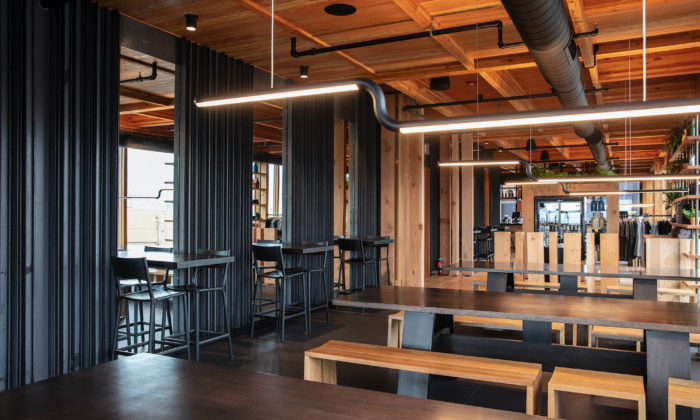
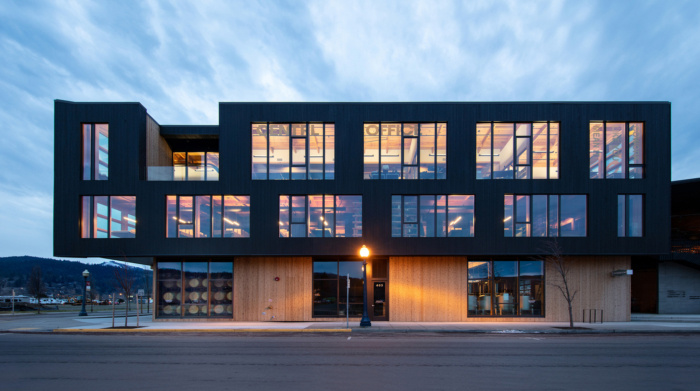
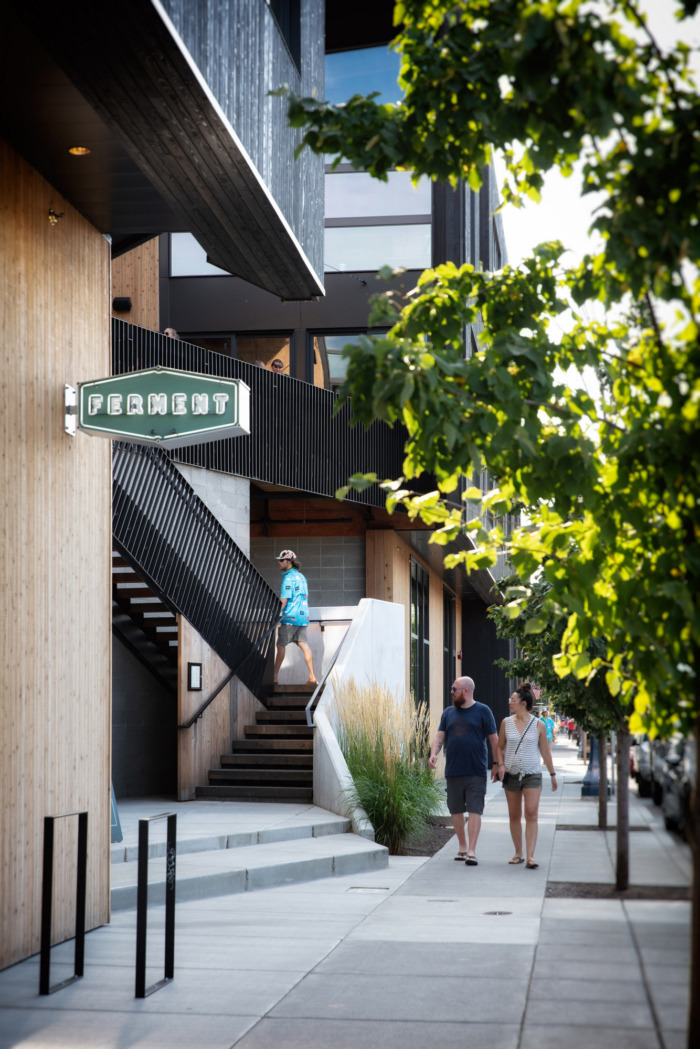
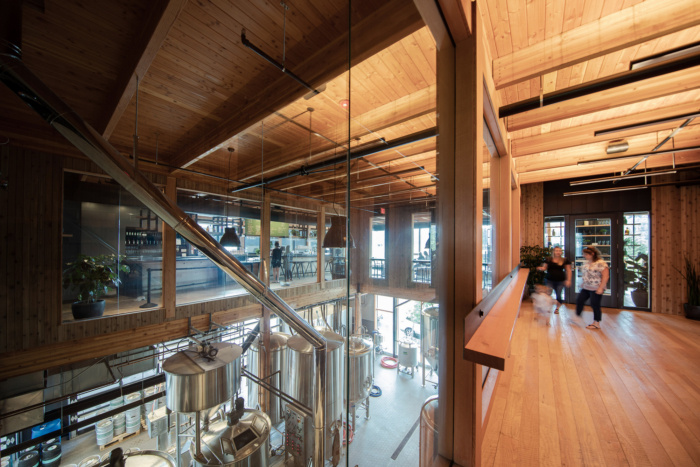
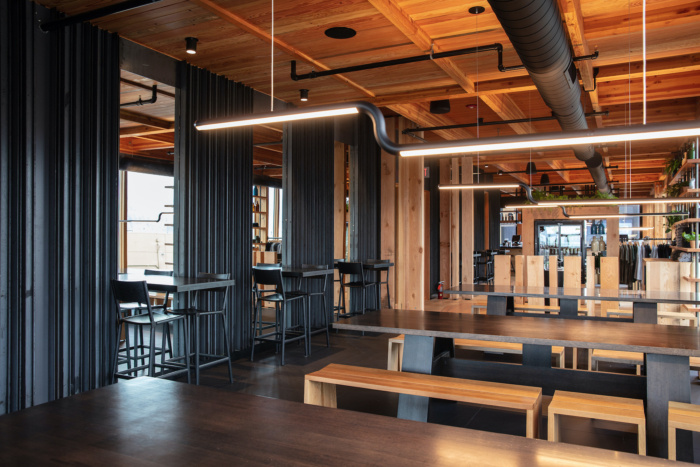
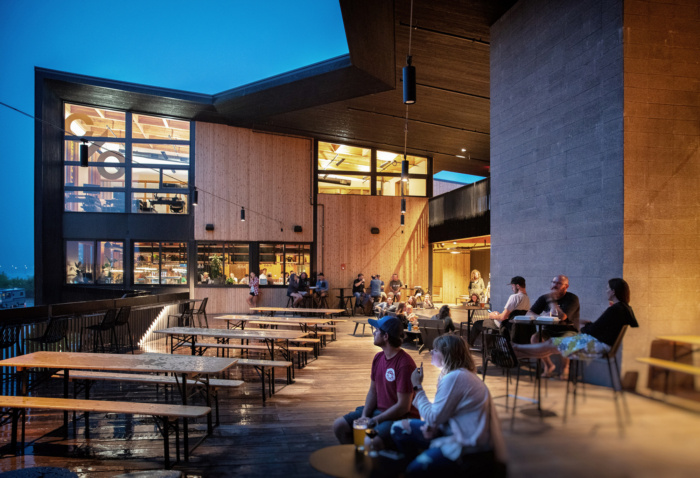




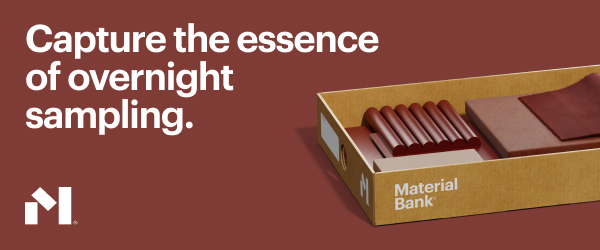


Now editing content for LinkedIn.